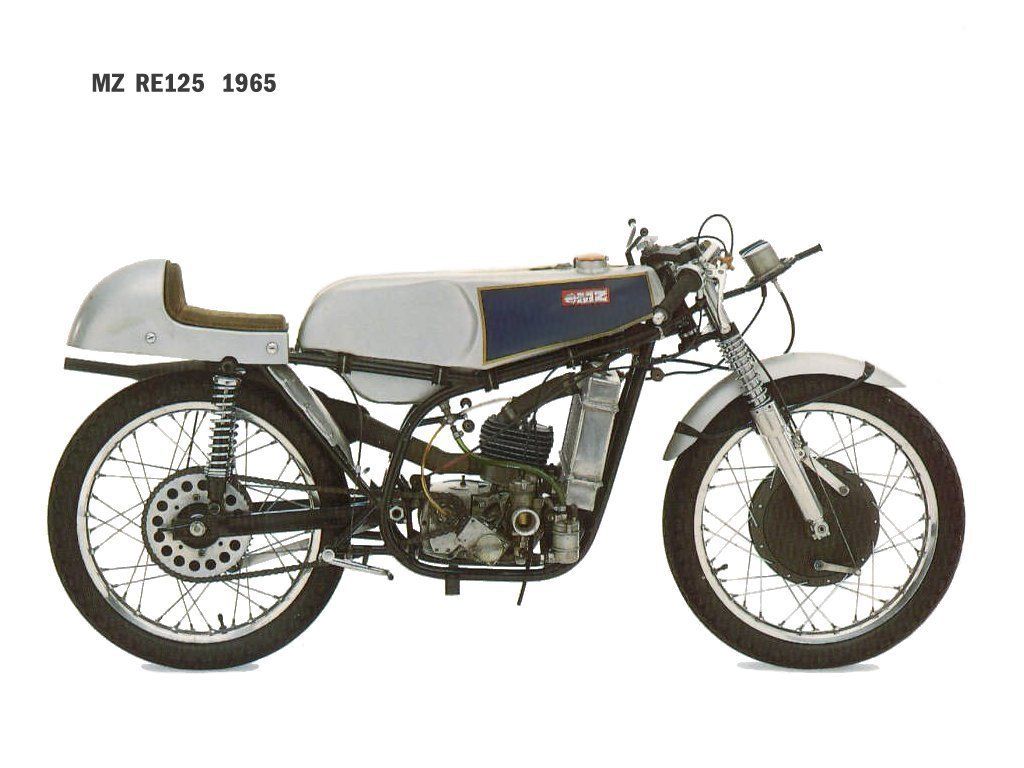(continued from the intro section)OzzyElsie wrote:Hey Johno, I've been reading ya blog - love ya work, you sound a bit like of a Burt Munro of 2T's. You must have an awesome garage or a indulging boss
.
Your work with the reed blocks is interesting. I have work with mine to a minor degree - checking, opening up slightly etc - but never worked on the 'lead in' of those rubbery bits. I've looked at them pondering but never done anything - there always been easier and proven issues like bigger carbs to play with. But, thinking, thinking, thinking .......it might be worth of a fiddle.
Basically I like to think of the intake tract as being two distinct parts - the first is everything upstream of reed petals ie. the airbox, carb and the ducting between carb and reed cage and the cage itself. The second part is everything downstream of the reed seats.
The reason for this thinking is this: you can do pretty much whatever you like to improve flow in the first part without having to worry about side effects too much. But the second part is part of the crankcase volume, so you have to keep in mind that any changes you make downstream may also alter the primary comp. ratio. It's entirely possible that any flow improvements you make in this part may be negated by unintended changes to the PCR.
With this in mind it's probably prudent to consider what changes if any you'd like to make to the PCR before hacking into the barrel downstream of the reed. A grossly simplified view of PCR might have it that for a muffled engine or one with a fairly sharply tapered, wide-rpm-range pipe a high (1.5:1 or perhaps even higher) PCR will work well. On the other hand an engine that can be kept within a narrow rpm range and that has a very effective pipe can make good use of a low (say 1.2 - 1.3:1) PCR. These engines let the pipe do the pumping work and avoid the pumping losses of high ratios. But that's another topic.
One of the things you learn from flowbench work (apart from the fact that everything you thought you knew about flow dynamics is wrong...) is that there is much, much more to be gained from spending time on the downstream side of any reduction in cross-sectional area than there is on the upstream or entry side. This is pretty much the opposite of what a lot of people do, but if you spend your time on keeping the flow attached and avoiding turbulence you'll pick up a lot more flow than what you'll get dicking around with the entry side. You can speed up airflow fairly abruptly but it needs to be slowed down very carefully or else the resulting turbulence kills flow.
In practice this means making any increase in cross sectional area as gradual as practical and making sure any diverging runner walls aren't angled out any more than about 5 - 8 degrees. It also doesn't hurt to fill any dead areas that would tend to encourage eddies to form and disrupt flow. The plastic stuffers that the OEMS use do this but you can take the idea further and gain flow.
The area downstream of the reed I think is not so important - there's already a lot of turbulence here due to the crankcase activity. The possible exception might be guys like me that play with old clunkers that never had reeds originally. These old things usually end up with an appreciable length of duct between the reed outlet and the mouth of the crankcase so I think it's possible that trying to manage the area progression here as well may help a little. But as mentioned before all this has an effect on PCR - ideally any mods would not only improve breathing but also shift the PCR number in the desired direction.
Improvements to the flow path into the reed can increase power enough that you can feel it and measure it, and the improved carb signal or "pop" is something you can hear and see in the jetting requirements. It won't give the sort of gains that you can get from pipework but I still think it's worthwhile.




